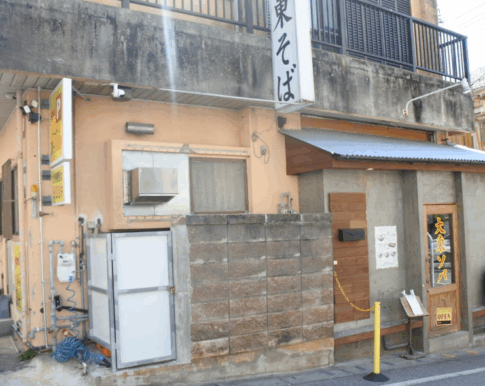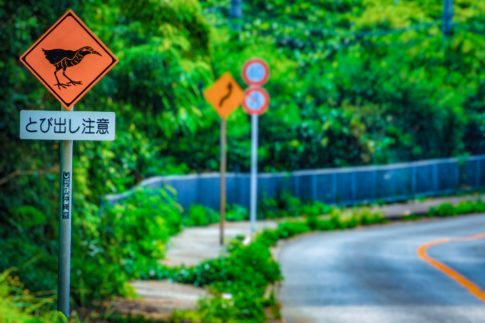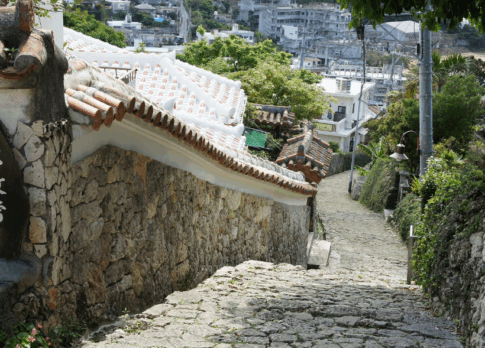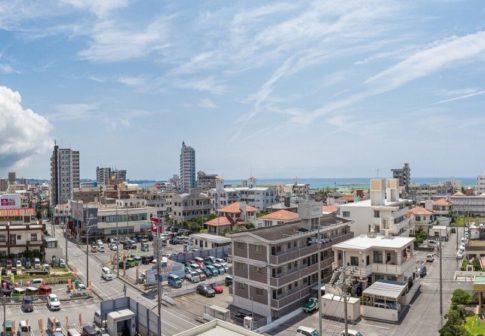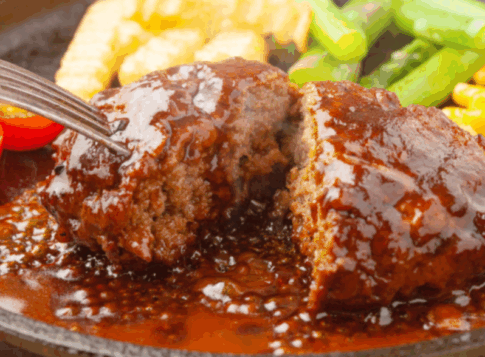The place called the most tragic place of the Battle of Okinawa.
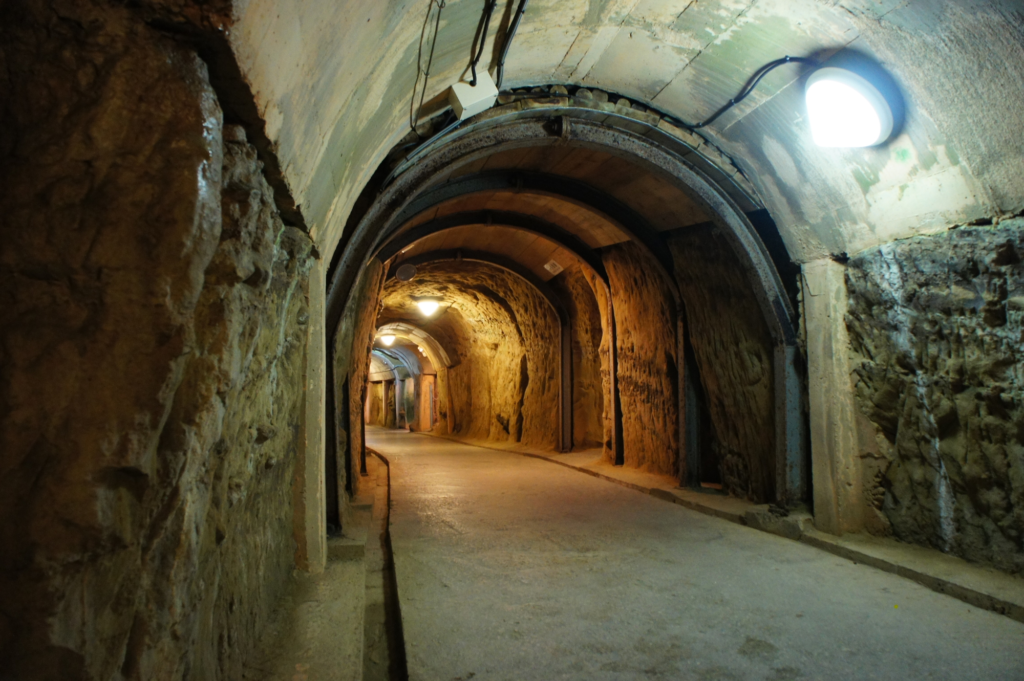
Okinawa Prefecture was the only place where U.S. troops landed and fought on the ground during World War II. As a result, Okinawa Prefecture is home to many places that have passed down its sad history to future generations.
The Himeyuri Pagoda, which preserves the Himeyuri Cadet Corps for posterity, Peace Memorial Park, the site of the Southern Front, and the former naval headquarters bunker are some of the most famous war sites in Okinawa, as is the site of mass suicide on Tokashiki Island.
Point 1: Sad history remains in the place where the Battle of Okinawa began
U.S. forces landed in Okinawa Prefecture on March 26, 1945. The landing point was the Kerama Archipelago in Okinawa Prefecture. Tokashiki Island, where this mass suicide site is located, is one of those islands, and can be said to be the place where the Battle of Okinawa began.
The site of this mass suicide took place when Japanese troops and Tokashiki islanders, cornered by 1,500 U.S. warships and an overwhelming military force of about 540,000 men, were driven to Mount Nishiyama on the northern tip of the island, where about 300 of them committed mass suicide.
At that time, it was said that if captured by the U.S., men would be forced to work and women would be humiliated.
The site is still visited by many tourists today as a place that conveys to future generations the sad history of the group suicide, saying, “If we are caught by the U.S. and humiliated, we will commit mass suicide.
Point 2: A stone monument at the end of a stately gate.
The National Okinawa Youth Exchange House is located on the grounds, so you will generally get lost here.
First, find the gate on the grounds.
At the entrance to the site of the mass suicide, there is a very imposing gate, which you open and enter by yourself. After a short walk, you will see a stone monument that often appears in tourist guides that reads “Site of Mass Suicide” and a monument sent by Tokashiki Village.
Point 3: Around the monument and behind the monument is the site of mass suicide.
The area around the monument or in the bush behind the monument is the site of the mass suicide, and there is an explanatory board at the entrance to the bush that describes the situation at that time.
According to the board, when the U.S. military visited the site, there were dead bodies piled on top of each other and scattered around the area, which was described by Corporal Alexander Roberts of the U.S. Army as “the most tragic thing I have ever seen.
There is a path that leads to the back of the bush, but as the warning sign at the entrance says, it is best not to enter the bush as it is said to be inhabited by hubbies.
In order not to repeat such a sad history, we should pray for the souls of those who committed suicide and try not to repeat such a tragic war.


